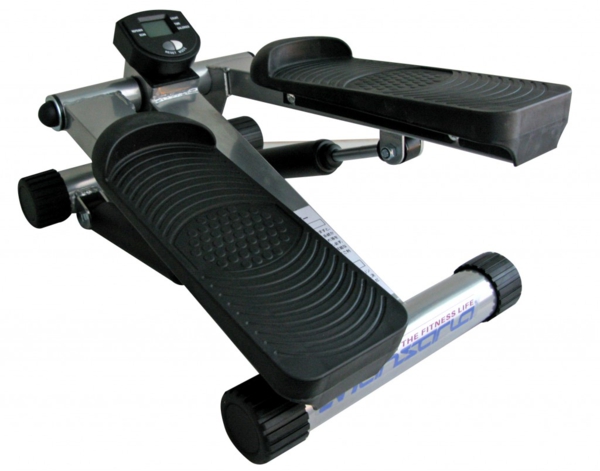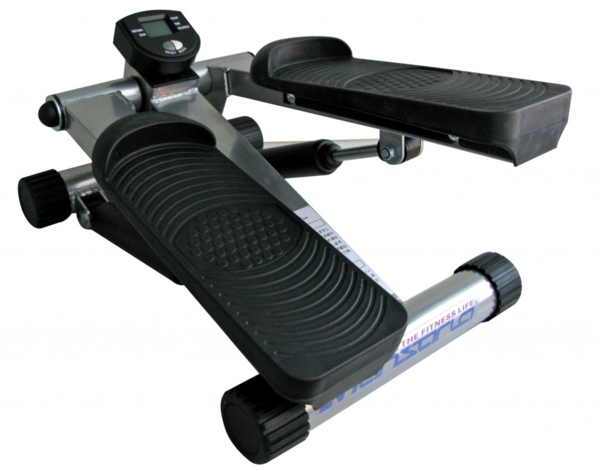What is a Stepper?
A stepper is a highly precise piece of equipment that is used in photolithography in order to create very small integrated circuits for use in electronic devices and computers. The primary purpose of the stepper is to focus a pattern of light onto a silicon wafer that has been treated with a special photosensitive chemical called a resist. The interaction of the light and the resist allows subsequent chemical developing processes to form actual circuits. At the most basic level a stepper is a very highly calibrated and precise projector. The machine has several different features and functions.

Controlled Environment
All of the work that a stepper performs takes place in a sealed container that maintains a carefully controlled environment. The circuits that are produced have some features that measure less than 100 nanometers across. Even visually unnoticeable expansion or contraction in the silicon wafer due to temperature variations could negatively affect the exposure. The chamber in a stepper is air-conditioned and kept clean of small grains of dust and dirt that could destroy an entire batch of wafers.
Wafers And Alignment
The first phase when using a stepper is to load the silicon wafers into the machine after they have been coated with the resist. The automated systems inside of the stepper accept the wafers from a tray. The first wafer is placed on platform called a stage. The stage is aligned underneath of the light source. The pattern that will be projected onto the wafer is etched in a six-inch square plate called a reticule that could be made from glass or quartz. The reticule is automatically loaded according to the specifications of the program being run. Small registration or alignment marks on the stage and wafer allow for precision alignment just before exposure.
Exposure
Exposure occurs when the light source inside of the stepper activates. The light passes through the reticule and arrives in a lens. The lens focuses the light and the pattern reducing the size of the projection dramatically. Exposure times vary depending on many factors including the chemicals being used. A single integrated circuit could require 100 or more exposures from many different reticules before the stepper is complete. Additionally, the wafers are normally developed in chemicals, recoated in the resist and placed back into the stepper. Some wafers must pass through the stepper dozens of times before completion.
Scanning
Most modern steppers actually use a technique known as scanning. The name stepper comes from the step and repeat processes that is performed. Different small areas of the wafer are exposed to the reticule and then the process is repeated for each section. Scanning involves moving the stage holding the wafer in one direction while the reticule and light is moved in the opposite direction. The result is a slit of focused light that allows larger areas to be exposed with a single reticule. Scanning has increased the potential resolution of a reticule allowing for smaller and more precise circuits.
Peter Wendt is a writer & researcher interested in technology and photolithography. Wendt recommends readers go here for information on steppers, scanners, and related topics.

